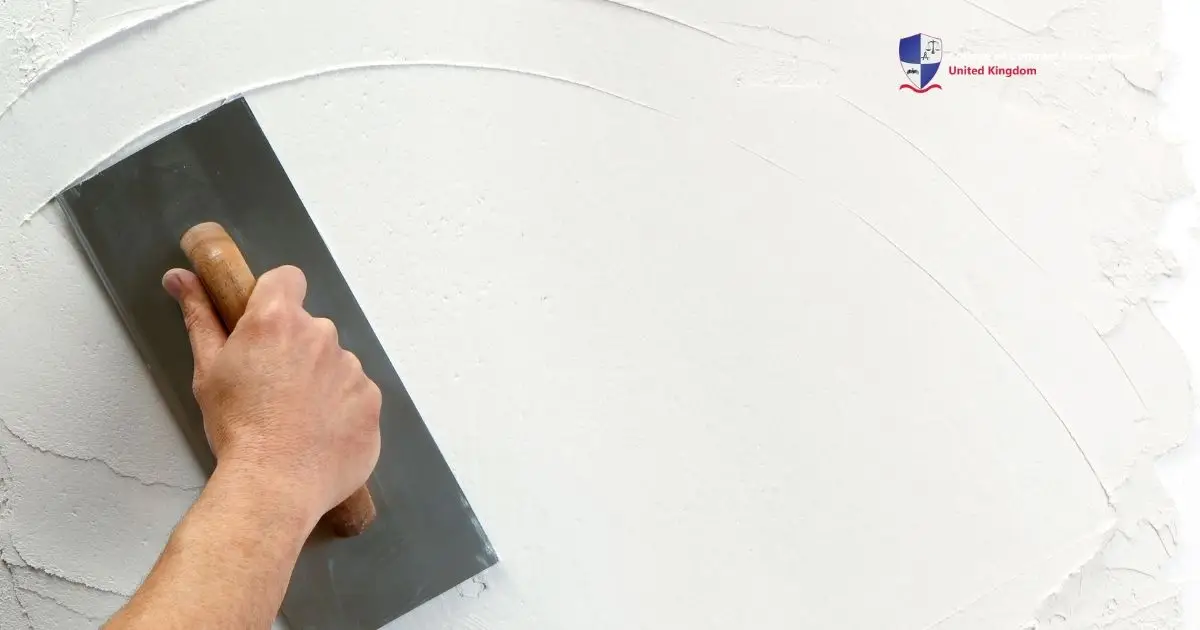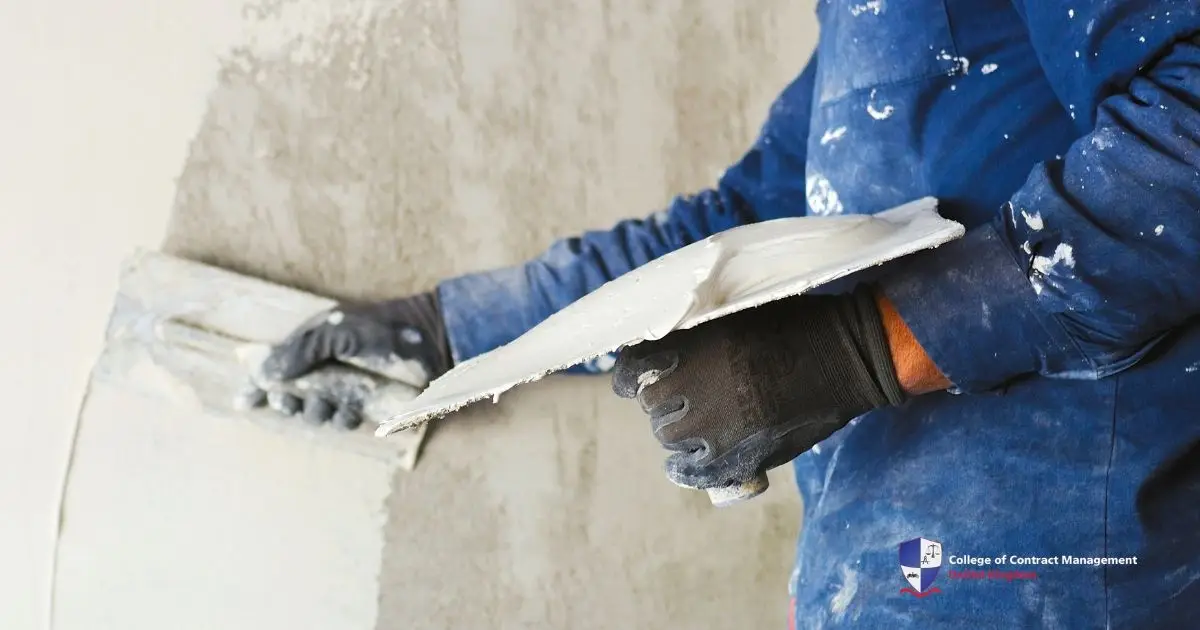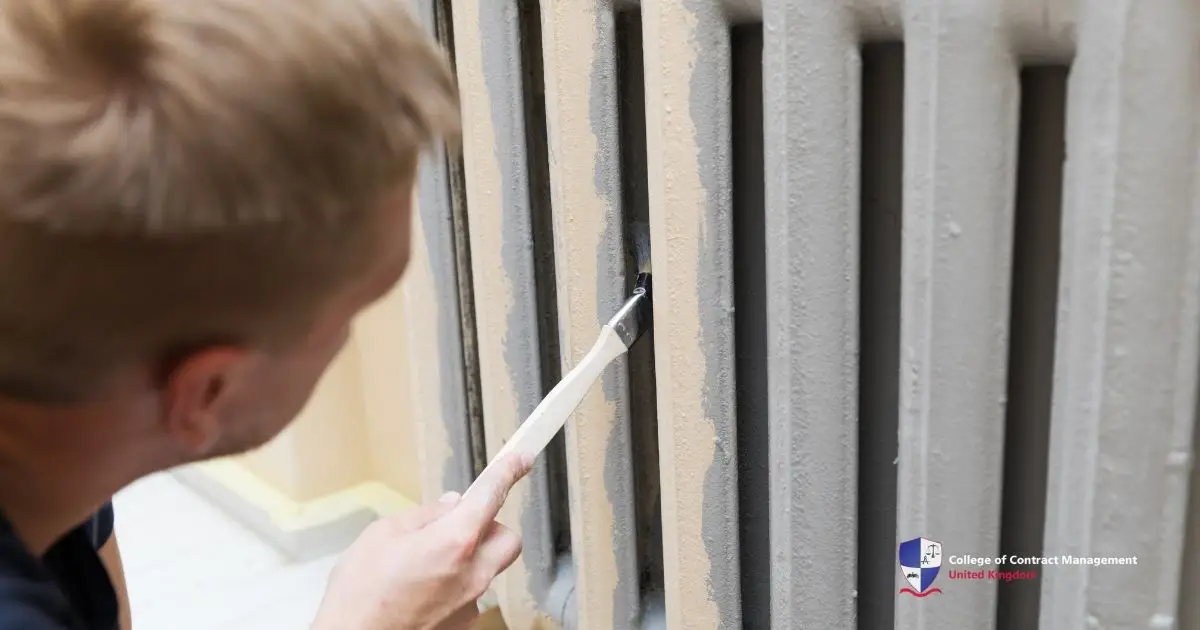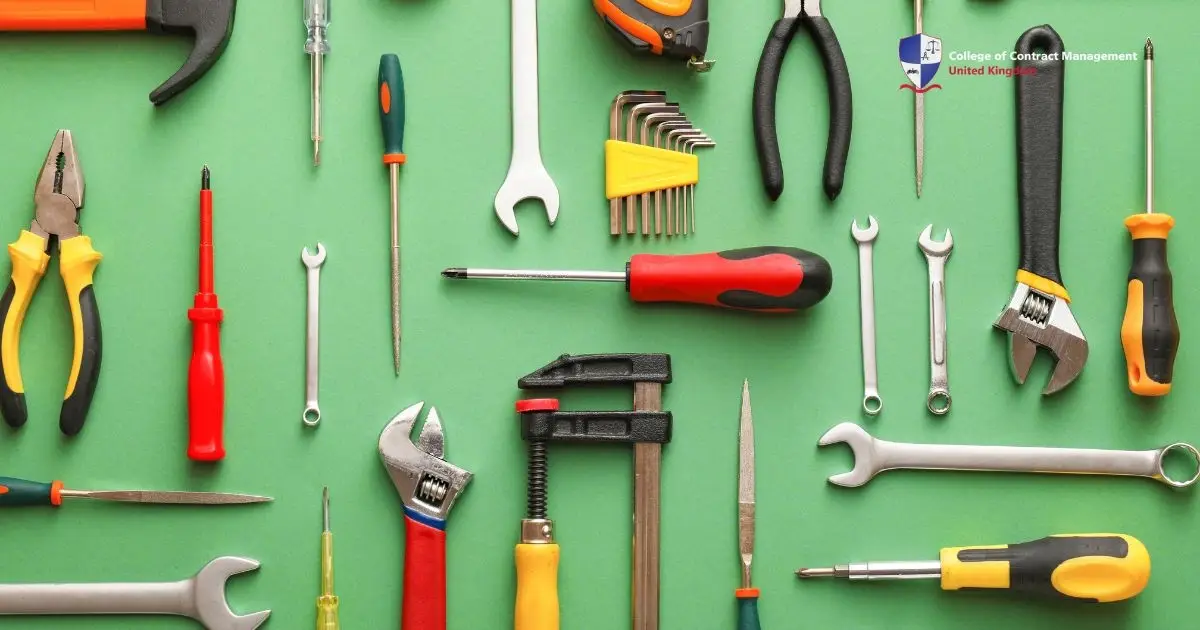After living in your current house for a while, perhaps you are thinking of renovating it. Refreshing some parts of the house sounds like a good idea, but the budget comes in the way. Plastering serves as an option to continue executing the plan while you remain reasonable about the cost.
Plastering has been as old as the construction industry itself. It is the technique that revolves around the use of some materials to cover walls of buildings, houses, offices, and others. The article invites you to study more about the method; hence, perhaps you can start applying it as a DIY project later.
What is the plastering process?
Plastering is applying a thin cover to walls, ceilings, or partitions that seem rough or uneven. The mask consists of lime or cement, sand, and water. The method appears at the final stage of a building project. Oftentimes, some holes remain present in between the bricks. Or the cements that cover the bricks stand out.
That’s where plastering plays the key. It mainly serves to mask the sort of surfaces; thus, no leakage or cracks occur. The cover may look thin, but it offers great benefits. As modern interior design progresses, the technique offers new ideas for retouching rooms or houses that are in line with the current trend.
The functions of plastering
Plastering provides various benefits that depend on the goals of the project and the materials used for the process. Executing the technique for a small DIY project produces smaller scales of advantages than creating a big house. The same goes for building multiple storeys of office complexes in big cities.
The different construction projects later decide the types of plastering materials. The DIY project usually picks up cheaper and simpler materials that are available at home appliance and construction material stores. Contractors for large projects won’t mind spending big budgets to purchase top-quality materials. Check out the list of the benefits of the method below!
Adding building strength
Plastering acts as the second layer of a building’s surface. With the double layering, the materials beyond the surface become stronger and withstand atmospheric impacts better. Examples of the effects include rain, wind, and sunlight. It also shields the exterior from extreme weather changes. In turn, the building lasts for many years and meets designers’ expectations.
Guarding the building from moisture
Moisture creates problems for building surfaces, such as mildew growth. When this is not addressed shortly, it can easily become weaker. Plastering is the solution to prevent that. Adding a waterproofing technique when giving the cover works even better to stop moisture from making its way to the exterior and even the ceilings. The whole structure remains solid for longer periods.
Presenting the perfect finish
Smooth surfaces are among the goals of launching construction projects. Attaining the sort of finishes means the buildings are ready for decoration and occupation. Plastering is the “magical step” that ensures the outer layers and the ceilings are clean and even. No blemishes or stains are apparent to the naked eye.
Making the buildings cosier
Applying the plastering technique allows you to have a quieter, better-insulated house. The cover lowers noise that disturbs your sleeping hours or studying that comes from another housing area. The double layering also warms the house during winter and cools the place when summer kicks in. Whichever the season, the cover can adjust to your whole-year goals.
Adding the artsy side
The last purpose stems from the dynamic trend of the interior designing market. Plastering acts as a simple tip when refurnishing your home. Give the cover before you start changing the wall paint colour or even place wallpaper. Change the decorative items as often as you like to make your place such a cool experiment site.
Stages to apply plastering as your DIY project
You won’t have to hire professional house builders to apply plastering for something as simple as changing the wallpaper in your room. The fun thing about the technique is that it allows you to become creative and channel your artsy side. If you’re bored with the bedroom enough, why don’t you start renovating it for a little bit?
Bear in mind that plastering is definitely up for personal experiments, but you still need to read reliable information about the method. Hopefully, doing so will clear up the walls before you decorate them as you wish. The following sums up the stages that you can try in the future.
1. Cleaning the surfaces
Throw any dust and dirt on the walls. Pull out the nails when they are still present. Use feather dusters or brooms to ensure the walls are clean and clear from all of the dust types. Pliers are useful for pulling out the nails. As the stage is completed, you will see the exteriors look uneven and have some tiny holes.
2. Preparing the materials
Plastering requires materials that should top your mind long before you kick off this project. The materials include cement, sand, bucket, thread, hammer, plywood, trowel, and water. Buy additives for the plaster mix if you wish to achieve better quality results from the method. Do some research on the price of each of the materials so you can prepare the budget bit by bit.
3. Making the plaster materials
As mentioned, the materials consist of sand, cement, and water. First, clean the sand from dirt, pebbles, and other things that will reduce the level of smoothness of the plastering outcome. As the sand is completely clean, mix it with the other ingredients. Stir the dough until it does not look too watery or dry. You are the one who knows perfectly what the dough outcome should look like.
4. Applying the plastering
Now, you can start adding the cover to the walls as you want. Slowly put the dough on while consistently looking at the result. Ideally, the cover should seem neither overly thick nor overly thin. Make sure the materials stick well so they appear refined. Check out the colour appearance. The delicate technique should create evenly grey or white all over the surfaces.
Calculating the budget for plastering in the UK
Looking at the steps above, you are probably wondering about the cost. You will need to spend money to buy the tools and the materials. The budget itself varies depending on the size of the surfaces or walls that you wish to work on. The average cost for the materials starts from £150 to £300.
The money is used to purchase plasters that cost between £6 to £20 per square metre. You will need to buy plasterboards that cost from £5 to £15 per metre. The other plastering budget is for the tools, which range between £100 and £300 on average. Examples of the tools are hand mixers, hammers, and nails.
You can borrow the tools to lower the budget. A tool hire firm is also available to provide the equipment at a cheaper price, depending on the period of rental. In short, you can still manage the budget to either reduce or increase the figure. Careful planning is the key to this.
Key takeaways
Plastering is one of the ways to add value to any surface for both commercial and personal purposes. It’s part of the construction industry that keeps evolving to meet the growing demand of the public and tends to prioritise appealing looks. No wonder the sector never runs out of aspiring students who are up for challenges related to the field.
And if you’re one of them, this is the right place to start. Contact the College of Contract Management to get the full package of knowledge on where and how to start. The experts of the college stand ready to guide you along the way. They will also share their experiences to make use of the golden chances that are present for years to come.





